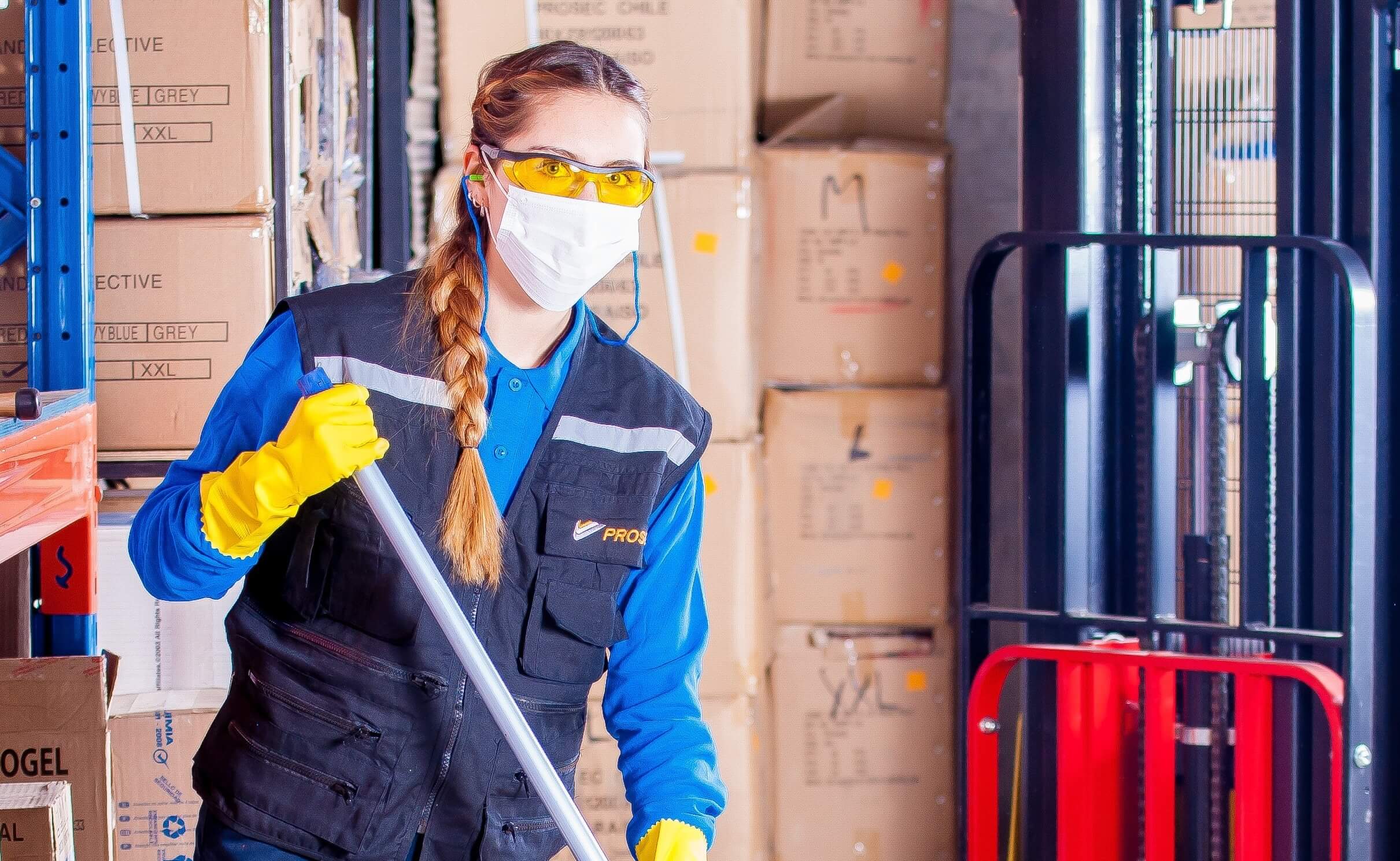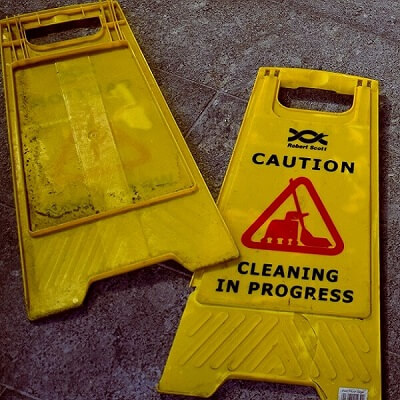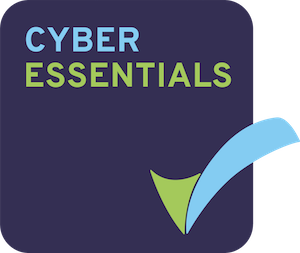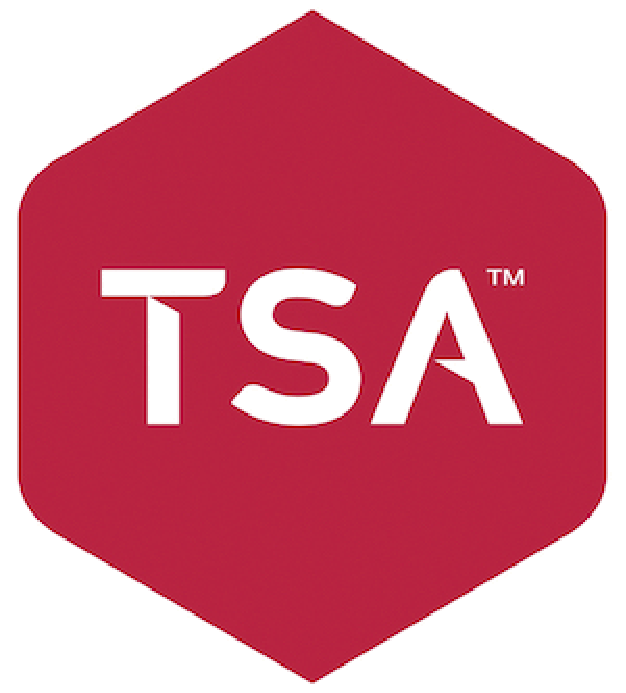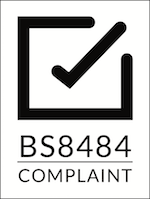You want to ensure your employees are safe, especially if they work alone. Among the best ways to do this is to implement a lone working policy in your organisation. This document will give your staff a better understanding of their rights and responsibilities when working alone, and inform them of the procedures they must follow.
This guide will explain what a lone working policy is, why you should write one, and what you should include in it.
What is a Lone Working Policy?
A lone working policy is a document that sets out how lone workers are protected from risks and hazards. It is an official document that highlights the responsibilities of the employer and employees alike. By having one in place, staff know what is expected of them and how they should act under various circumstances.
A lone working policy contains information such as how to report an emergency, what safety precautions should be taken into consideration, and whether any special gear is required. It works in conjunction with risk assessments, providing solutions for any potential problems your employees may face.
In your lone working policy, you will be addressing the concerns of your staff. As a result, your policy will look different from that provided by another company. You may also wish to write different policies for different job roles. This is because one role’s risk assessment may differ from another’s – particularly for lone workers and remote workers.
Why You Need a Lone Working Policy
Though not a mandatory legal requirement, having a lone working policy is incredibly useful when it comes to adhering to Health and Safety Regulations.
Under the Health and Safety at Work Act, employers have a duty of care to their employees. This means they must ensure the health, safety, and welfare of their employees as far as is reasonably practicable. Such assurances include the provision of safe systems of work.
The Management of Health and Safety at Work Regulations 1999 has two major Regulations that a lone working policy can help you to meet.
Regulation 3 requires employers to undertake suitable and sufficient risk assessments for work activities – including lone working. Employers are also required, under Regulation 13, to consider the physical and mental capabilities of employees when assigning tasks.
A properly written lone working policy can meet both Regulations and will ensure that you, as an employer, are meeting your duty of care.
How to Write a Lone Working Policy
There are a few key things to consider when you write your lone working policy. For example, who does it apply to, what risks might they encounter, and how can they be addressed?
Before you start writing, think about reading some example policies. Keep in mind, though, that your policy should be unique to your organisation. It should address specific concerns that relate to the job role(s) in question.
Identifying & Addressing Concerns
You should make sure you gather information to determine what these concerns may be. A few ways of doing this include:
- Conducting an employee survey to identify the biggest fears or dangers they feel they face when working alone.
- Observing your employees to see what safety equipment is or is not in use.
- Thinking about previous incidents that could have been avoided or handled better had suitable procedures been in place.
Management should then meet to discuss possible solutions to the highlighted concerns. Where possible, meet with employees to determine which solutions can be best implemented. Though you can write these procedures down as separate pieces of documentation, they should also be included in your lone working policy.
Statement and Aims
Your policy should open with a statement that outlines your organisation’s ethos towards its employees. It should highlight your awareness of staff sometimes working alone, and the intentions of the company to ensure the safety of these employees as much as is reasonably possible. This can be a single paragraph.
The next paragraph should focus on the specific aims of the policy you are writing. In it, you should explain what the policy will contain. Examples include a list of potential risks that may be encountered on the job and the procedures that have been put in place to manage them. Your wording should reflect that the policy is for employees to follow when working alone.
Defining a Lone Worker
Before your Lone Working Policy explores the risks and procedures, it should highlight what you mean by a “lone worker”. This will ensure that your staff know whether the policy applies to them. It will also make it easier for you to allocate training to your lone workers.
The Health and Safety Executive defines lone workers as:
“Those who work by themselves without close or direct supervision.”
Included under this definition are workers who may be on the same site as a supervisor but are not within sight or earshot.
For more information on lone workers, read “Lone Workers: The Ultimate Guide”.
What You Need to Include
You should next explore the specific risks relating to the lone working policy you are writing. For example, if you were writing a policy for an HGV Driver, you may include the risk of falling while loading. A social worker, on the other hand, might have to deal with aggressive clients.
The risks and hazards you highlighted during your information gathering must be included here – especially those brought to your attention by employees.
You should also include risks that are not specific to the job role. Fire, sudden illness, and violence, for example, can happen in any job.
This is where you should then write up the procedures that have been put in place. As mentioned earlier they can exist in separate documents – all of which should be accessible to your staff – but you should also include them in your policy. By including them in your policy, you are ensuring that more staff are aware of them.
Procedures can include emergency evacuation, how and when to check in with supervisors, or how to deal with aggression at work.
In addition, include a section about responding to accidents and emergencies. You should name the individual – or their role – who must be informed about any incidents. Also, make sure that your employees know that it is their responsibility to act in a manner that is safe. Many accidents in the workplace come down to human error.
Style of Writing
When writing your lone working policy, you will want to keep your points clear and concise. This will make it easier for your employees to read. It will also be easier to follow. Write the policy in the third person and use imperative language.
For example, instead of saying, “You should check your ladders are steady…” your policy should say, “The employee must check that their ladder is steady…”. By writing in this manner, you reduce the likelihood of misinterpretation and instructions will be clearer.
You should also take care to ensure that the style and format match your organisation’s other policies. If you already have a standardised policy template, use that as your framework.
How to Implement Your Lone Working Policy
One of the main challenges regarding new policies is encouraging your employees to follow them. Sometimes they may need convincing that the new information is for their benefit, rather than being just more rules for them to follow.
By involving employees in the policy creation process – such as the employee survey mentioned above – they are more likely to end up being invested in the procedures outlined in your lone working policy. Employees who feel like they are being listened to are more likely to follow the new rules.
You should also consider providing training in relation to the policy. Practicing the procedures will ensure that employees know what they are doing should an incident arise. You can also provide evidence of lone working policies helping to reduce accidents in the workplace.
Finally, you should be sure to update your policy regularly. Listen to your employees if they raise new concerns. Make sure to complete regular risk assessments and act upon their findings. Adjust the procedures based on staff feedback.
Employee involvement and regular revisions will make sure your policy remains relevant to your staff.
Systems That Can Help
When thinking about procedures that might help to ensure the safety of your employees, it is worth looking into lone alarm systems.
Our Lone Alarms are designed to give lone workers peace of mind in the workplace. In an emergency, at the press of a button your employees are connected to our 24/7 Monitoring Team. They will then get in touch with all emergency contacts, including the emergency services if necessary, to ensure the safety of the worker.
Lone Alarms are lightweight, dust and water resistant, and can operate in a hands-free capacity. This makes them ideal for almost any workplace and will not get in the way of your employees as they fulfil their day-to-day tasks.
For employees who are required to travel between sites or clients, our Lone Alarms also come with cutting-edge GPS technology to make sure help reaches them directly.
Our service is competitively priced. For more information, call our helpful Customer Service Team on 0800 03 08 222.
Editor’s Note: This article was updated on 3rd April 2024 to reflect current information.

